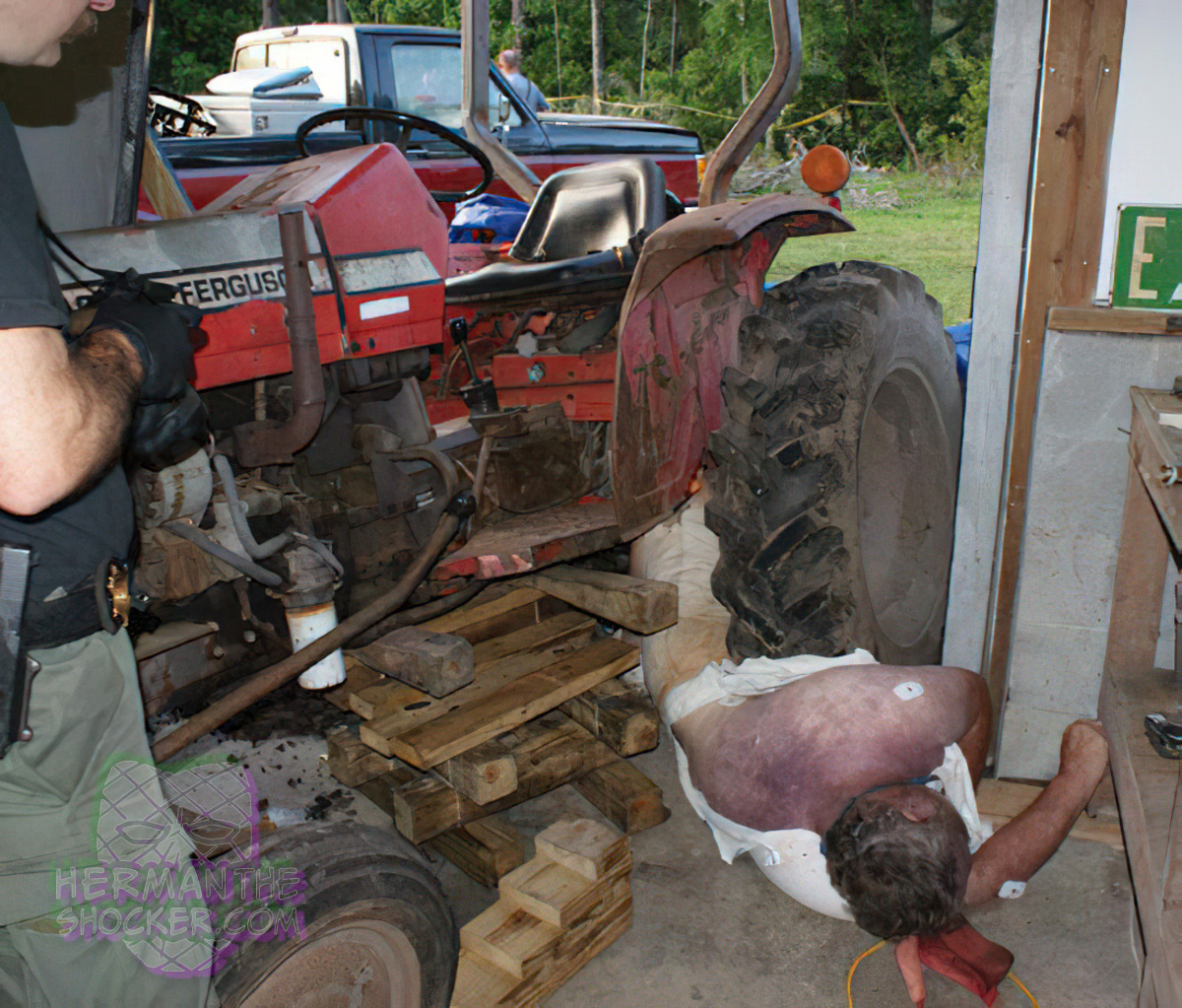The orientation of the decedent with the tire of the motor vehicle apparently compressing the midsection and with the corresponding vascular changes (congestion versus petechiae) support a scenario in which there was hampered venous return to the heart. As this would lead to impaired respiration, this is considered a form of mechanical asphyxia.
Latest posts

A man’s body was found floating in the ocean approximately one-half mile offshore. A gaping head wound was…

Decomposition, or putrefaction, is a combination of two processes: autolysis and bacterial action. Autolysis is the breakdown of…






